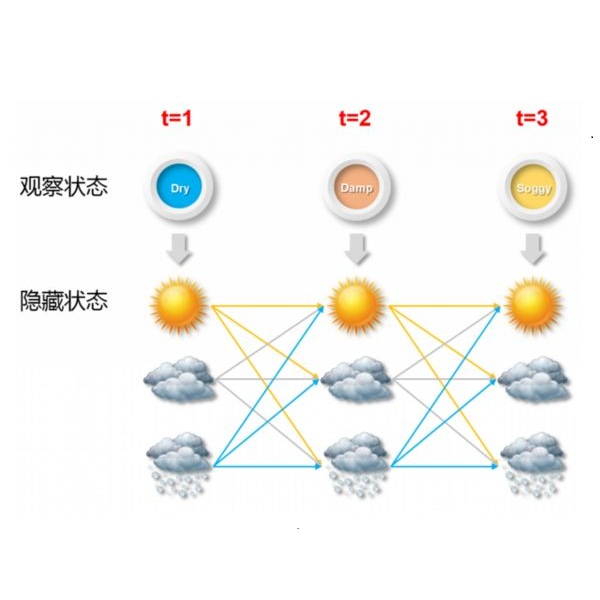Recent advances in brain clearing and imaging have made it possible to image entire mammalian brains at sub-micron resolution. These images offer the potential to assemble brain-wide atlases of projection neuron morphology, but manual neuron reconstruction remains a bottleneck. Here we present a method inspired by hidden Markov modeling and appearance modeling of fluorescent neuron images that can automatically trace neuronal processes. Our method leverages dynamic programming to scale to terabyte sized image data and can be applied to images with one or more neurons. We applied our algorithm to the output of image segmentation models where false negatives severed neuronal processes, and showed that it can follow axons in the presence of noise or nearby neurons. Our method has the potential to be integrated into a semi or fully automated reconstruction pipeline. Additionally, it creates a framework through which users can intervene with hard constraints to, for example, rule out certain reconstructions, or assign axons to particular cell bodies.
翻译:大脑清理和成像方面的最新进展使得能够以亚微分分辨率将整个哺乳动物大脑成像成像成像成像。这些图象提供了收集整个脑部神经形态图集的潜力,但人工神经重建仍然是一个瓶颈。这里我们展示了由隐性马尔科夫模型和荧光神经图象外观模型所启发的一种方法,这种模型可以自动跟踪神经过程。我们的方法利用动态程序来将成像数据放大成千字形的图像数据,并可用于一个或一个以上神经元的图像。我们用算法对图像分割模型的输出进行了算法,在图像分割模型中,错误的负分解神经神经过程,并显示它可以在噪音或附近神经元出现的情况下跟随轴。我们的方法有可能被纳入半或完全自动重建管道。此外,它创造了一个框架,用户可以通过这个框架在困难的限制下进行干预,例如排除某些重建,或向特定的细胞体分配轴。



